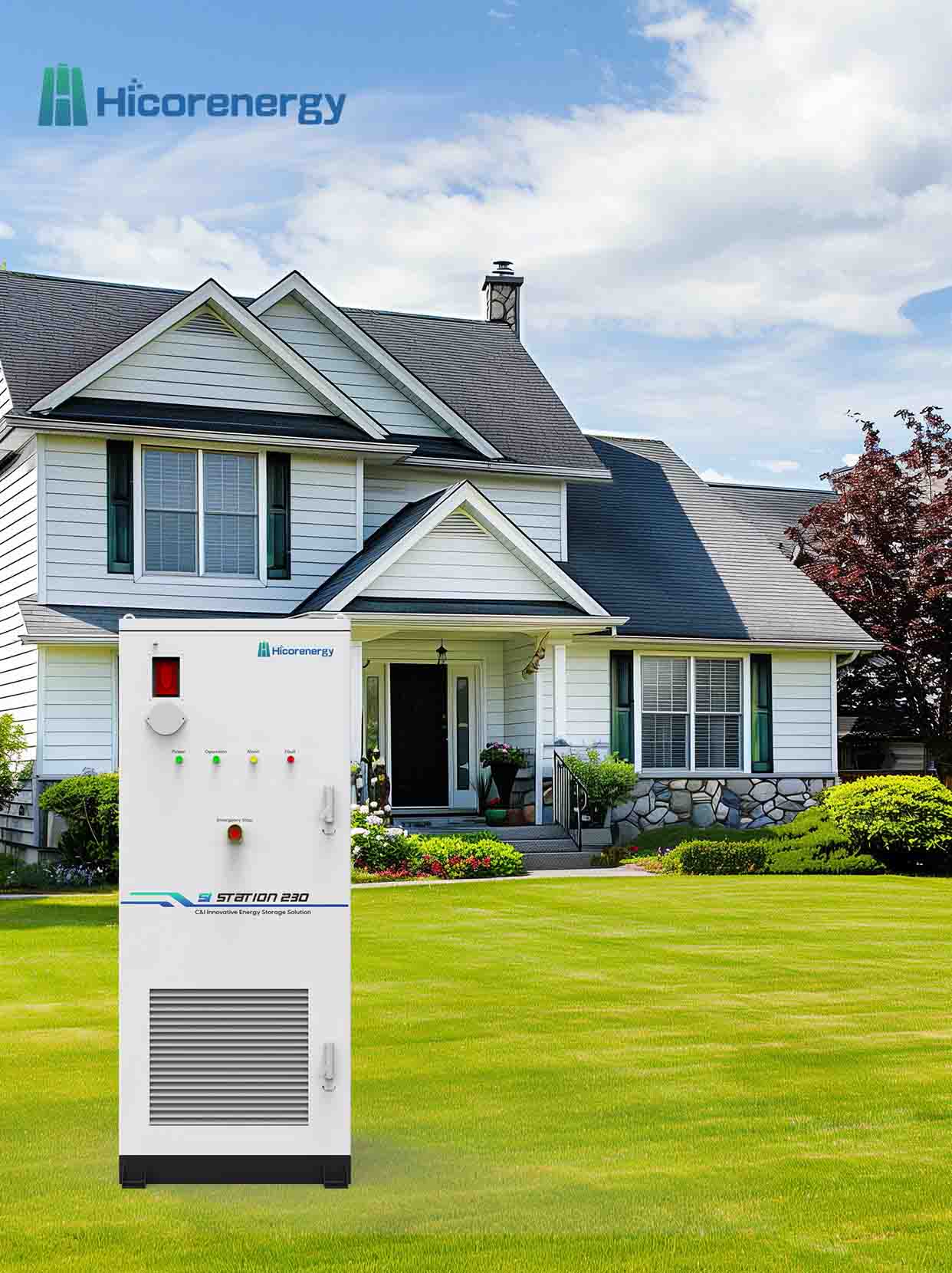The efficiency and longevity of advanced electronics, from electric vehicles to sophisticated drone fleets, depend heavily on the health of their power source. A critical component in maintaining this health is the thermal management of the battery pack. An effective Air Cooling Battery System provides a simple, reliable, and lightweight solution to dissipate heat, ensuring that lithium-ion batteries operate within their optimal temperature range for peak performance and safety.
The Critical Role of Thermal Management in Batteries
All batteries generate heat during their charge and discharge cycles due to internal resistance. This is especially true for high-capacity lithium-ion batteries that power demanding applications. If this heat is not effectively managed, it can lead to a host of problems. Elevated temperatures accelerate battery degradation, significantly shortening its operational lifespan and reducing its overall capacity. More critically, excessive heat can trigger a dangerous condition known as thermal runaway, where a chain reaction can lead to fire or explosion. Therefore, implementing effective Lithium-ion Cooling Methods is not just about performance optimization; it is a fundamental safety requirement for any device utilizing this power technology.
How an Air Cooling Battery System Works
An Air Cooling Battery System is one of the most common and straightforward approaches to thermal management. This method can be categorized into two primary types: passive and active. Passive air cooling relies on natural convection, where heat from the battery cells radiates into the surrounding air. To enhance this process, battery packs are often designed with heat sinks or fins that increase the surface area, allowing more heat to dissipate naturally. Active air cooling takes this a step further by using fans or blowers to force a continuous stream of ambient air over the battery pack. This forced convection significantly increases the rate of heat transfer, making it a more effective solution for applications with higher power demands and heat generation.
Comparing Different Lithium-ion Cooling Methods
While air cooling is highly effective for many applications, it is one of several Lithium-ion Cooling Methods available. Another prominent method is liquid cooling, which circulates a coolant through channels around the battery cells to absorb and carry away heat. Liquid cooling is generally more efficient at removing large amounts of heat and is often used in high-performance electric vehicles. However, it adds significant weight, complexity, and cost to the system. For applications like aerial drones, where weight and simplicity are paramount, an Air Cooling Battery System often presents the ideal balance. It provides sufficient cooling performance to ensure safety and longevity without the added mass and complexity of a liquid-based system, making it a pragmatic and cost-effective choice.
Choosing the Right Cooling Solution
Ultimately, the choice of a battery cooling system depends on the specific requirements of the application, including power density, operational environment, weight limitations, and cost constraints. An Air Cooling Battery System stands out for its simplicity, low maintenance requirements, and lightweight design. It provides a robust and dependable solution for a wide range of electronics, ensuring that batteries operate safely and efficiently. As technology continues to advance, the principles of effective thermal management will remain a cornerstone of reliable and powerful energy storage solutions.









